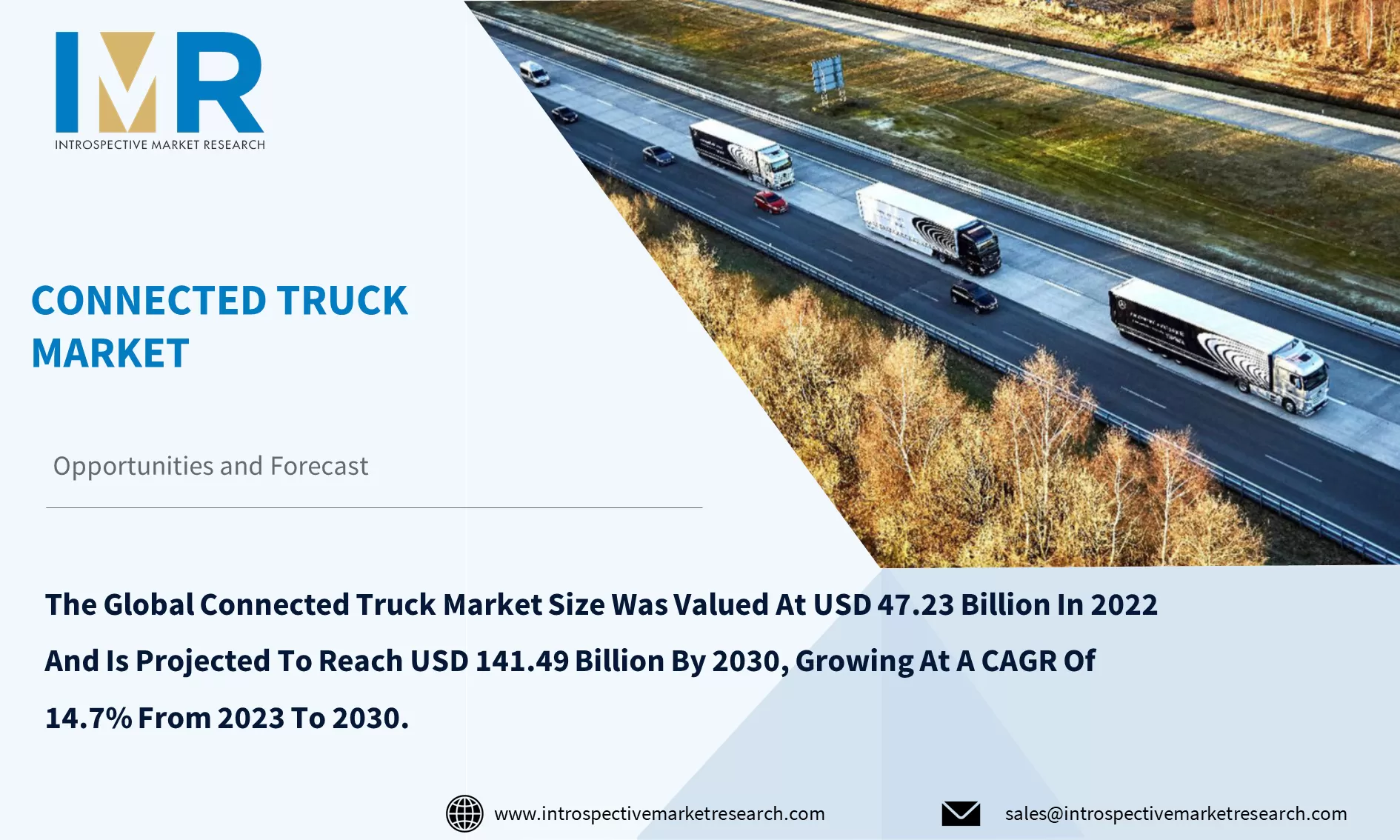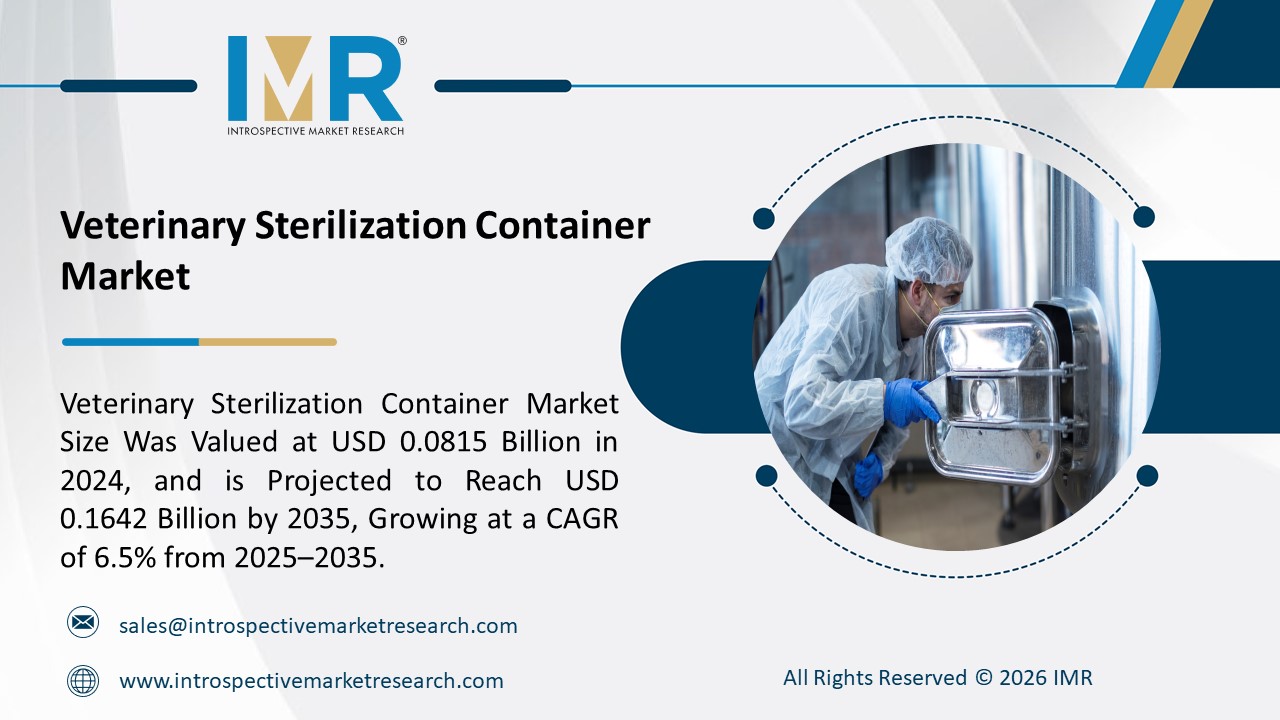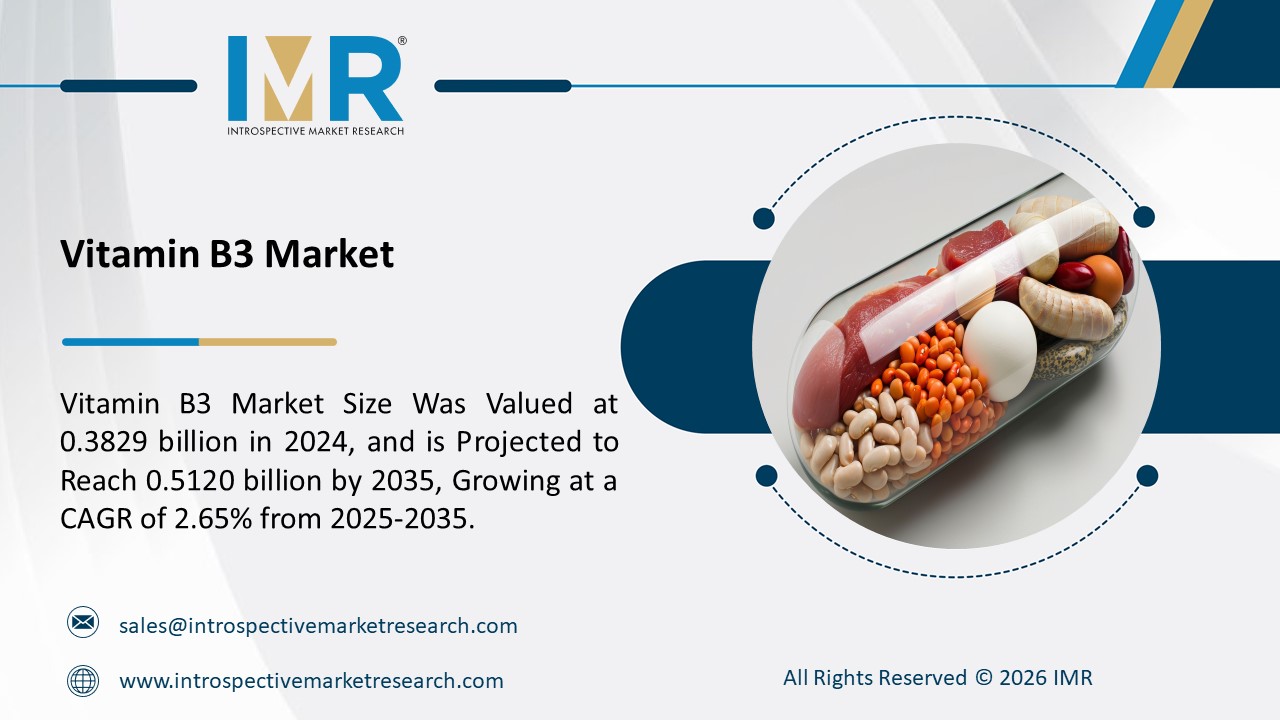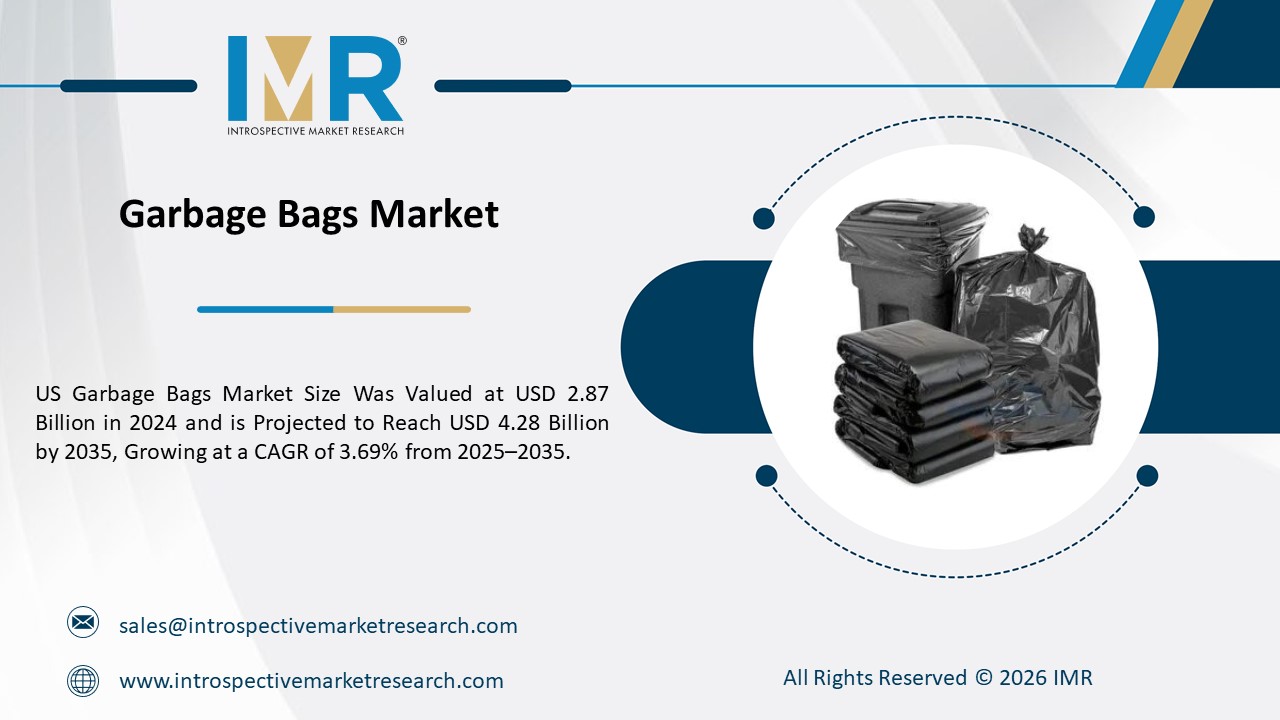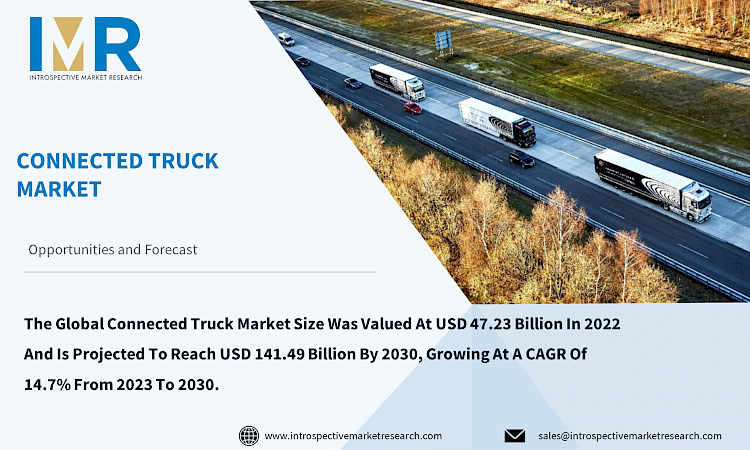
The Global Connected Truck Market Size Was Valued At USD 47.23 Billion In 2022 And Is Projected To Reach USD 141.49 Billion By 2030, Growing At A CAGR Of 14.7% From 2023 To 2030.
Connected trucks incorporate advanced technologies like Advanced Driver Assistance Systems (ADAS) and Fleet Management Systems (FMS), displaying vehicle upgrades, driver support, fuel management, and more. Enhanced connectivity enhances fleet management efficiency and reduces vehicle downtime. The global demand for efficient transportation services is a driving force. The trucking industry experiences significant shifts, including connected truck technologies and electrification. Projected growth in digitalization and cutting-edge technology adoption in transportation fuels the demand for smart trucks. These smart trucks exchange data with other vehicles, enhancing safety and productivity. Real-time tracking and operational insights enable effective logistics management. Increasing government safety criteria further drives the need for intelligent vehicles in the logistics and transportation sectors.
Top Key Players for Connected trucks Market:
Continental AG, AB Volvo, BorgWarner Inc., Denso Corporation, Harman International, Magna International Inc., Mercedes-Benz Group AG, Robert Bosch GmbH, Verizon Communications Inc., ZF Friedrichshafen AG, Sierra Wireless Inc., Geotab Inc., TomTom International BV, Trimble Inc., MiX Telematics And Other Major Players.
Market Dynamics and Factors for the Connected trucks Market:
Drivers:
Rising Demand for Telematics in Commercial Vehicles
Telematics plays a pivotal role in shaping efficient fleet management and supply chain strategies. By offering real-time data and insights, telematics enhances workflows, product integrity, and shelf life, and reduces insurance risks. Its significance is growing in commercial logistics, tackling safety, compliance, driver monitoring, insurance, and infrastructure challenges. Telematics systems encompass toll transactions, live traffic updates, smart routing, roadside assistance, and insurance telematics. These features are vital for improving fleet performance indicators such as communication, resource optimization, and fuel cost reduction.
Opportunities:
Heavy Commercial Vehicle Presents Growth Opportunity
Cellular IoT is employed to monitor large commercial trucks for extended freight journeys, emphasizing driver assistance. Onboard digital recorders track driving and resting times, ensuring rule adherence. Driver coaching utilizes analytics, offering real-time insights into driving behavior for individual drivers and fleet-wide trends. This loop reduces carbon emissions, enhances fuel efficiency, and refines driving habits. Inefficient practices like abrupt braking raise fuel consumption, costs, and CO2 emissions. Given the transportation sector's substantial carbon contribution, trucks, constituting 29% of freight-related emissions, play a significant role in emissions reduction efforts.
Segmentation Analysis of the Connected Trucks Market:
- By Communication Type, the V2V segment dominates the Connected Truck Market. This technique enables mobile ad hoc wireless networks and ad hoc mesh networks for data transfer in cars. Each vehicle reports traffic and road conditions, vehicle position and speed, route direction, loss of stability, and brake failure using V2V communication.
- By Vehicle Type, Light commercial vehicles are likely to dominate the segment in the Connected Truck Market. Due to a rise in demand for these cars in developing markets, the category will rule the market Along with the increase in light commercial vehicle production, end-user demand for safety and comfort features has increased.
Regional Analysis of the Connected trucks Market:
Europe is at the forefront of the Connected Truck Market. The automotive industry is shifting from hardware focus to software and digital services, with connected and autonomous trucks playing a vital role. Connectivity acts as a catalyst for innovation, driving advancements in digital and Information and Communications Technology (ICT) technologies. From 26% in 2010, the contribution of connectivity, Advanced Driver Assistance Systems (ADAS), and interfaces to OEMs advancements rose to 55% in 2020. As technologies like augmented reality, software services, voice control, and parking assistance gain prominence, the EU's readiness to develop in these domains is crucial.
Key Industry Development:
- In September 2022, the first CNG-powered Medium and Heavy Commercial Vehicle (M&HCV) truck was introduced by Tata Motors. It also added a cutting-edge Advanced Driver Assistance System (ADAS) and enhanced its best-selling Prima, Signa, and Ultra truck lines with premium features to improve driving comfort.
- In June 2021, to develop a fleet management solution, ZF Friedrichshafen AG and Goodyear negotiated a long-term agreement. Through this partnership, both businesses can service mixed- and multi-brand cargo fleets and trailer manufacturers by offering comprehensive Fleet and Tyre Management Solutions.

